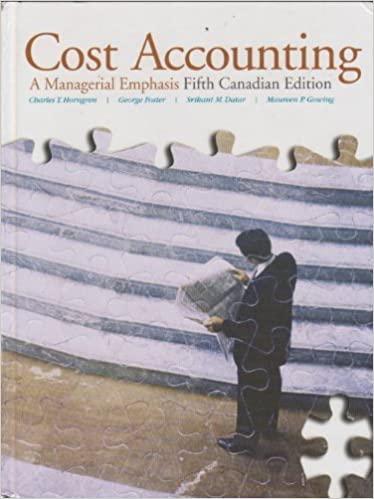

(10 points) The results from a sieve analysis on a new batch of sand filter media are shown below. Based on these data, determine the following: The grain size in um that will determine the required filter backwash rate. b. The grain size in um that will determine both the headloss and effluent turbidity of the filter. The uniformity coefficient of the filter media. a. c. US Sieve Number 12 20 30 40 50 70 Mass % Retained 0 0.4 13.1 54.5 30.2 1.785 0.015 We first need to create a grain size distribution from the data given. I have completed this task for you here since you'll get practice with this in your geotech class. The table on the next page shows the results and steps in determining the cumulative % finer by mass from the given data. A plot of the final grain size distribution is provided on the following page. Please print this out and graphically show your work of finding the necessary data from the plot. Note that the axes are flipped from the example shown in class. These curves are commonly plotted in different ways and it is thus important to be able to read them in any form. Note that larger sieve #'s represent smaller sieve openings. You can look up the opening size for standard U.S sieves online. If mass is retained between two sieves (for example 12-16), then that mass contains no grains smaller than the opening size of the finer sieve (#16 in this ex.). Thus, the grains trapped between the two sieves have grain sizes somewhere in between the opening sizes of the two sieves. Note that "retained is the opposite of passing. Problem 2 Grain Size Distribution US Sieve Number Nominal Opening Size (um) 1680 Nominal Opening Size (m) Mass % Retained Cumulative % Finer (lesser) by Mass 12 1.68E-03 0 100 16 1190 1.19E-03 0.4 99.6 20 841 8.41E-04 13.1 86.5 30 595 5.95E-04 54.5 32 40 420 4.20E-04 30.2 1.8 50 297 2.97E-04 1.785 0.015 70 210 2.10E-04 0.015 0 100 90 80 70 60 % Finer by mass 50 40 30 20 10 0 1200 1100 1000 900 500 400 300 200 800 700 600 Grain Size (um) (10 points) The results from a sieve analysis on a new batch of sand filter media are shown below. Based on these data, determine the following: The grain size in um that will determine the required filter backwash rate. b. The grain size in um that will determine both the headloss and effluent turbidity of the filter. The uniformity coefficient of the filter media. a. c. US Sieve Number 12 20 30 40 50 70 Mass % Retained 0 0.4 13.1 54.5 30.2 1.785 0.015 We first need to create a grain size distribution from the data given. I have completed this task for you here since you'll get practice with this in your geotech class. The table on the next page shows the results and steps in determining the cumulative % finer by mass from the given data. A plot of the final grain size distribution is provided on the following page. Please print this out and graphically show your work of finding the necessary data from the plot. Note that the axes are flipped from the example shown in class. These curves are commonly plotted in different ways and it is thus important to be able to read them in any form. Note that larger sieve #'s represent smaller sieve openings. You can look up the opening size for standard U.S sieves online. If mass is retained between two sieves (for example 12-16), then that mass contains no grains smaller than the opening size of the finer sieve (#16 in this ex.). Thus, the grains trapped between the two sieves have grain sizes somewhere in between the opening sizes of the two sieves. Note that "retained is the opposite of passing. Problem 2 Grain Size Distribution US Sieve Number Nominal Opening Size (um) 1680 Nominal Opening Size (m) Mass % Retained Cumulative % Finer (lesser) by Mass 12 1.68E-03 0 100 16 1190 1.19E-03 0.4 99.6 20 841 8.41E-04 13.1 86.5 30 595 5.95E-04 54.5 32 40 420 4.20E-04 30.2 1.8 50 297 2.97E-04 1.785 0.015 70 210 2.10E-04 0.015 0 100 90 80 70 60 % Finer by mass 50 40 30 20 10 0 1200 1100 1000 900 500 400 300 200 800 700 600 Grain Size (um)








